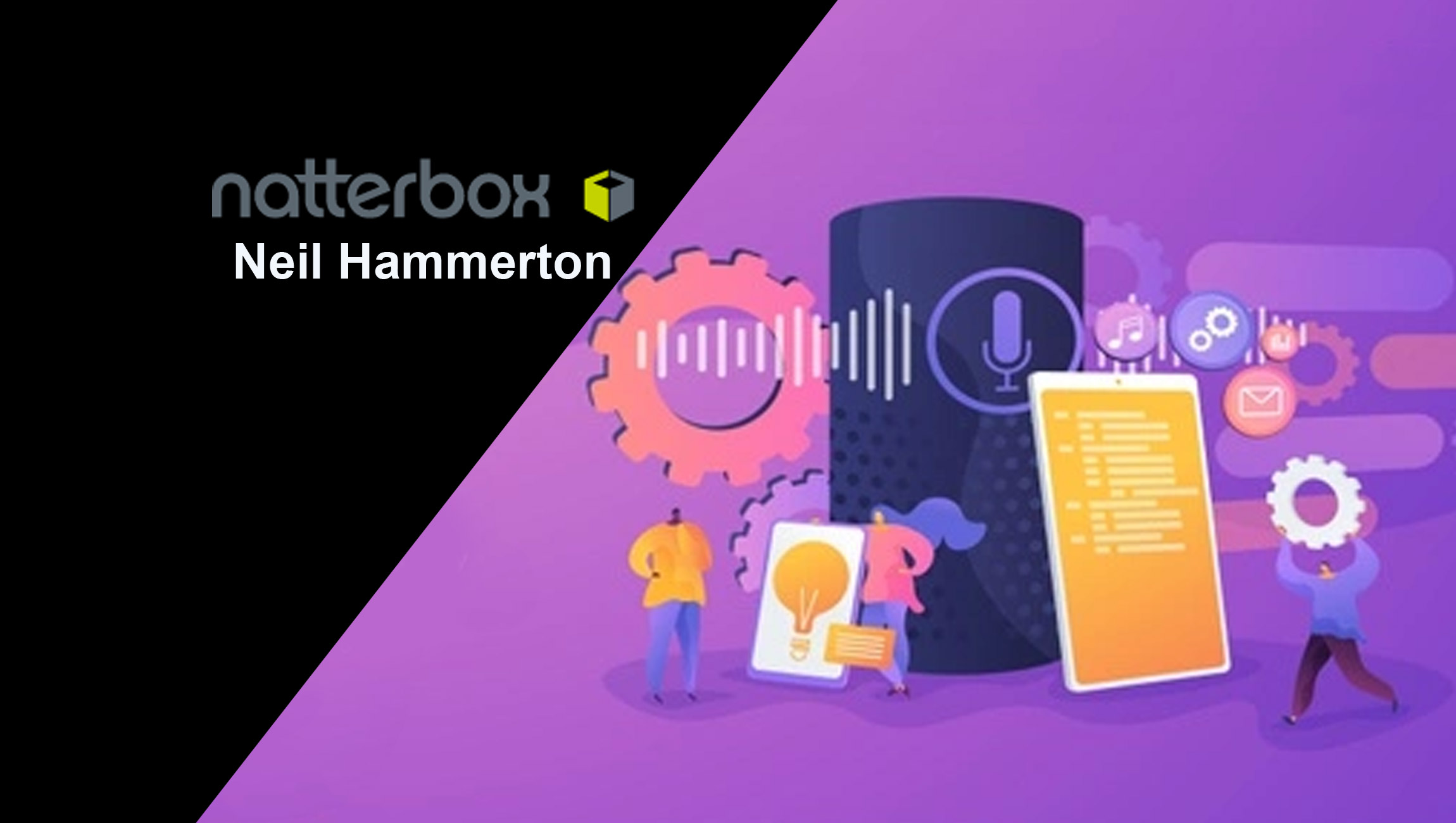David Sturt, EVP at O.C. Tanner talks about a few key shifts in everyday business and management trends in this casual chat with us:
______
2020 and even 2021, will be a year where business leaders have to remodel how employee recognition initiatives are planned; can you share a few thoughts on the top trends you foresee?
Employee recognition initiatives have shifted a bit due to the pandemic. By necessity there are far less physical recognition gatherings—both the smaller team variety, as well as more formal larger gatherings. However, as is the case with many new challenges, there are some new opportunities and new practices that the pandemic has created. One is the inclusion of family in virtual recognition moments. Our team recently honored an outstanding team member who was celebrating his five-year anniversary with the company over Zoom. We planned the recognition moment after school hours so that his wife and four children could attend with him. As you know, most kids have no idea what their parents really do at work, so it was fun to watch their faces as some of his peers spoke about his accomplishments, his talents, friendships, and how much the team appreciates him. It was a very meaningful experience for him and his family, and equally so for the team to get to know them better. This has been characteristic of so many other experiences I have heard from others who are doing this.
For many of us, the lines between work and home have blurred. We get to see into team members’ homes, including some guest appearances from kids and pets and life happening in real time. I think this has caused us all to be a little more empathetic, more understanding of each other, and not just the limited view of our work personas. I believe that opens the door for more inclusion and more awareness of our differences and the unique values and backgrounds we bring into our work cultures.
Marketing Technology News: How to Start Creating the Change Advertising Needs
We’d love to hear a little about O.C. Tanner’s own changes to these models in the recent past?
We have added a number of new things like recognition-themed virtual backgrounds and more engaging ecards that can be shared digitally to colleagues working across town or around the world. We have also added more gift cards to help offset some of the supply chain shortages and disruptions the pandemic has created. We have also had a significant increase in the use of all of our tech tools, smartphone apps, and especially integrations like being able to recognize a peer from within Outlook, Teams, or other commonly used applications. We are also seeing a shift with our educational services as clients want more e-learning courses and virtual presentations instead of in-class or physical leadership training meetings.
While working remote has its own pros, what are some of the cons you feel business leaders need to be more adept at addressing and fixing through 2021?
I think one of the biggest concerns I am hearing from leaders is the risk of detachment that seems to be growing in a more remote setting. Without the daily interactions and spontaneous conversations that happen in a physical office setting, people are feeling more disconnected than ever before. That increases feelings of loneliness and makes people more vulnerable to considering other employment opportunities. To me, the strength of a workplace culture is based on the strength of connections. Business leaders are needing to get much better about finding new ways to build connections and overcome these new effects of detachment.
How have you seen tech leaders in the market today respond to employee welfare and recognition programs? A few examples that have stood out?
Tech companies have generally been more embracing of remote work, as they have needed to draw from global talent pools far away from their headquarters and regional offices. They were also early adopters of virtual tools like Zoom, Slack, and Teams. So I think they were a little better prepared to meet the needs of a remote workforce. They also seem to be more aware of employee mental health needs and issues. One CHRO of a Bay Area organization does an outstanding job with not only talking about mental health for an entire week per year with their own people, but they open it up to family members and others in their community too. This past year they moved their physical weeklong event to an online format.
On the recognition front, tech firms were quick to adopt tech tools to facilitate the recognition experience. However, we have seen a trend where a number of these companies found that some of their recognition initiatives have become too mechanistic, too reliant on the tech “transaction,” and are missing the personal and more meaningful part of recognition. Recognition and appreciation are not the same thing. Someone can be recognized without feeling appreciated. More companies are leaning in to help their people see recognition as a facilitator of appreciation, rather than just seeing tech tools as the facilitator for recognition.
Marketing Technology News: MarTech Interview with Clare Dorrian, Chief Marketing Officer, SugarCRM
In what ways do you feel companies can focus on creating a better employee and customer balance using the right processes and tech today?
There has always been a natural tension between applying the right balance of focus between customers and employees. Over the decades, we have seen company leaders swing the pendulum from an “inside out” mentality, to “outside in,” and back again. At either extreme it creates problems. We have seen some companies become so obsessed with the customer experience they have run their employees into the ground, and damaged their culture. That spirals into lower engagement, higher turnover, and lower customer satisfaction, ultimately undermining the whole customer-focused intention. We have also seen companies that become too obsessed with themselves and disconnect from their customers. A few years ago we did some work with Sir Richard Branson, and I love the way he thinks about this. His view is that if you really take care of your employees, they will take care of your customers. The success of so many of his Virgin companies has demonstrated the effectiveness of this approach. If you really want strong customer relationships, model that value by building strong employee relationships. When this intentional practice makes its way deep into the culture, customers feel it, and they reciprocate with increased customer loyalty and spend. To me that’s the best form of balance, a win-win that benefits customers and employees.
Before we wrap up, we’d love to hear a little about your top of mind thoughts on leading more effectively during a global pandemic!
Here at the O.C. Tanner Institute, we have done a lot of research on leadership that has opened my eyes to some interesting trends. In 2020 we conducted a massive 40,000 employee study across 20 countries to see what culture and leadership looks like through the lens of the employee experience. There is no question we are going through the biggest leadership transition in modern history. Younger employees are rejecting older traditional leadership mindsets and practices. Employees around the world have new expectations of leaders, while most leaders are still following the outdated practices that were modeled to them from previous generations of leaders. Modern leaders are expected to be connectors—helping their team members connect to purpose, connecting them to accomplishment, and connecting them to each other. They are expected to share their leadership role by including the voices of team members in decision-making, by being much more transparent with information, and by developing their team’s abilities to deliver ever-improving results. Each of these expectations are even more relevant during this pandemic. Focusing on connection will help offset the pandemic’s effects of detachment, and forge stronger teams that can accelerate out of this pandemic as conditions continue to improve.
Marketing Technology News: Email Marketing vs Social Media Marketing: Which One’s Best for You?
About David:
In addition to his role as executive vice president at O.C. Tanner, the global leader in employee recognition and workplace culture, David Sturt is the author of the New York Times bestseller, “Great Work: How To Make A Difference People Love.” He has been a leading innovator in the industry, helping to pioneer the first-ever web-based recognition programs, and leading how the world’s top organizations think about accomplishing and appreciating great work.
About O.C. Tanner:
O.C. Tanner is the global leader in software and services that improve workplace culture by creating powerful employee experiences. Its Culture Cloud suite of applications and solutions — including recognition, service awards, wellbeing, leadership and celebrations — helps people thrive at work. O.C. Tanner provides these and other services for thousands of the most respected companies in the world.












Comments are closed.